Ever seen your dog spin in circles chasing its own tail? It’s like watching a furry tornado of joy and confusion! But what’s behind this adorable, yet baffling, behavior?
For some dogs, chasing their tails is a quirky pastime they just can’t resist. It’s as if their tails hold the key to an eternal game of “catch me if you can!” But are they actually trying to catch it, or just having a blast with their own ridiculous antics?
Whether it’s a burst of energy or just plain boredom, tail-chasing is one of the most entertaining things your dog can do. But not all dogs are equal in their tail-chasing prowess—some are true tail-chasing champions!
In this post, we’re diving into 9 breeds that can’t seem to get enough of chasing their tails. Get ready to laugh and say, “I’ve seen that before!” as we explore their funny, tail-spinning ways.
Grab some popcorn—this is going to be a tail-wagging good time!
Dog Breeds That Chase Their Own Tails Endlessly
1. Bull Terrier
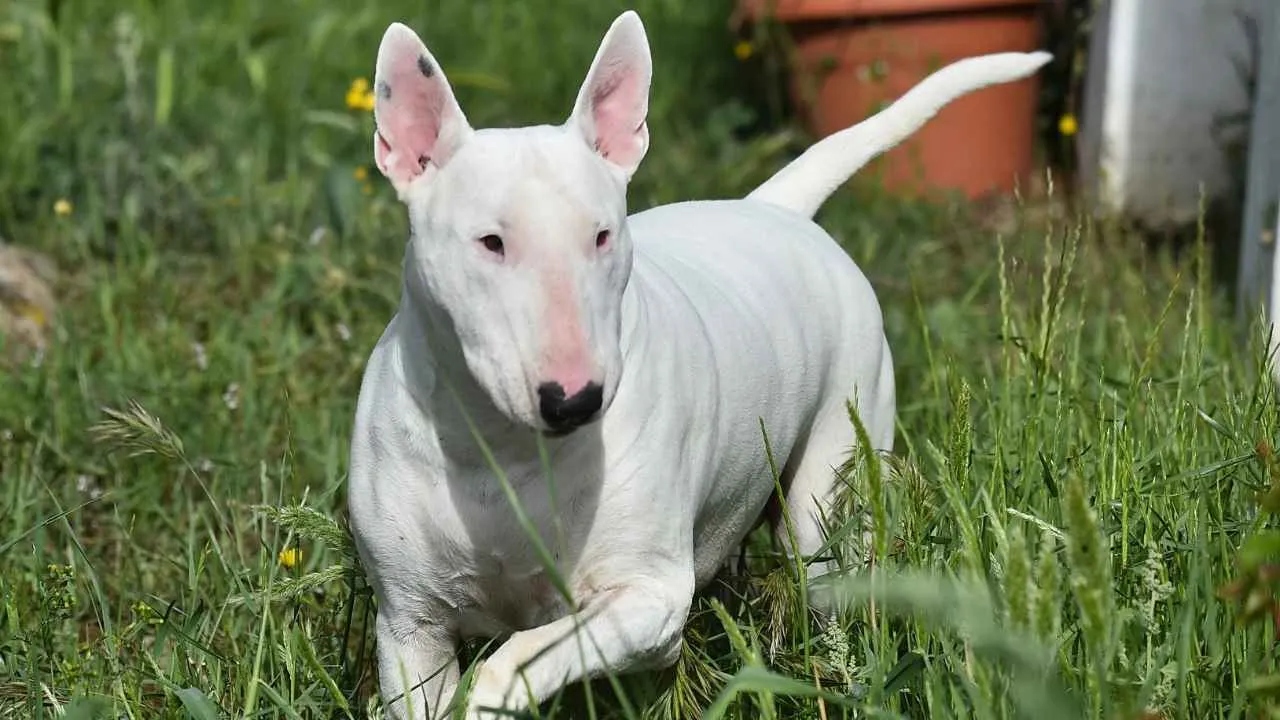
Why is it Funny?
Bull Terriers are known for their quirky, almost comical, personality, and their tail-chasing antics are no exception. With their broad, egg-shaped heads and seemingly serious demeanor, watching them turn into playful tornadoes chasing their own tail is pure entertainment.
It’s as if they’ve discovered a secret game that only they understand!
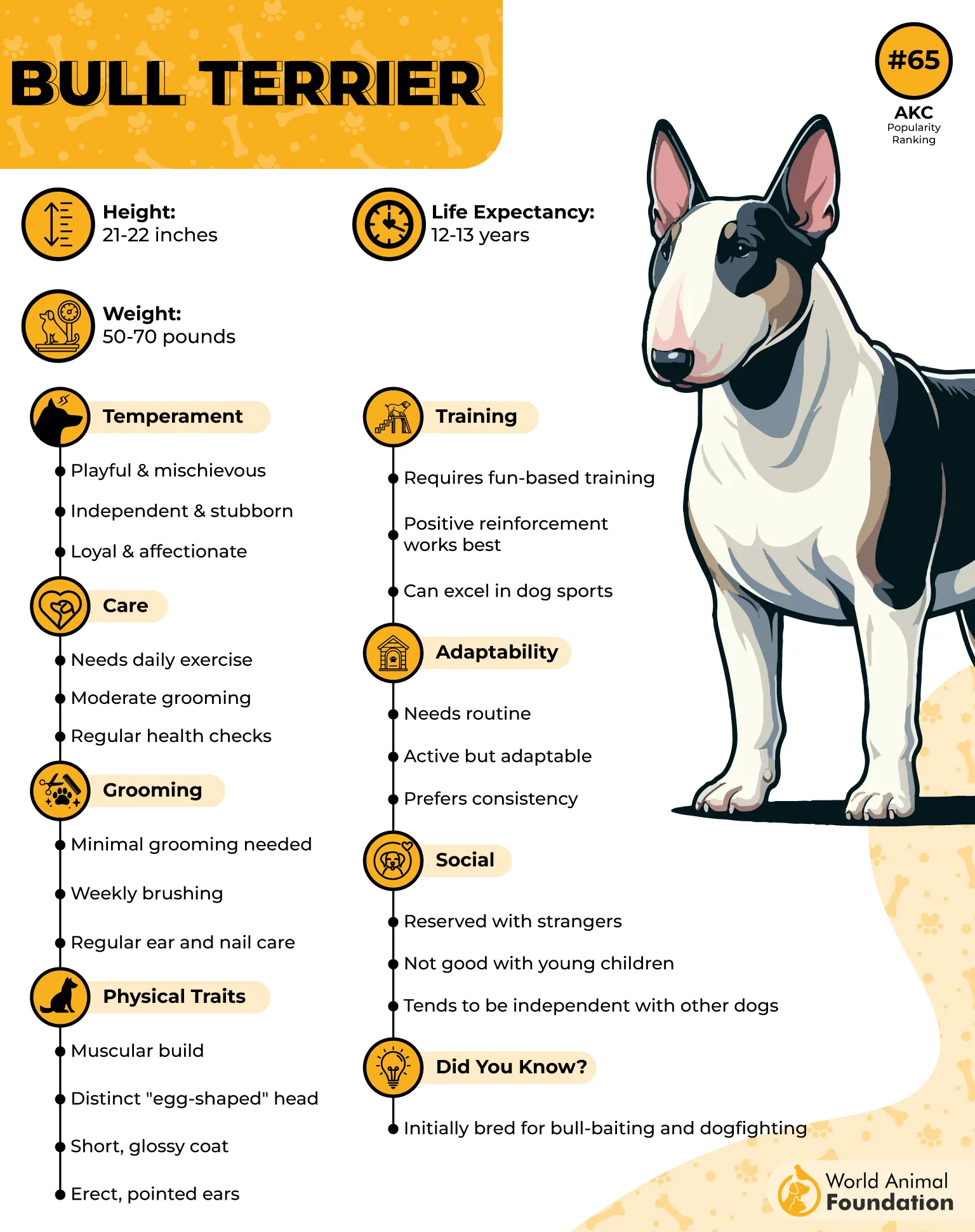
When to Be Concerned?
While tail chasing is a normal behavior for many Bull Terriers, if it becomes obsessive, it may indicate underlying anxiety or an itch that requires attention.
If they’re spinning for hours, or it interferes with their day-to-day activities, it’s time to check with a vet to rule out medical issues like flea infestations or even neurological concerns.
How to Stop a Dog from Chasing Their Tail
Increase playtime and walks to burn energy.
Provide interactive toys or training sessions.
Use calming techniques or pheromone diffusers if anxiety is the culprit.
Ideal Owner & Behavior Guidance
AKC suggests that Bull Terriers are ideal for active families who love a challenge and have the time to keep up with their playful antics. To guide their behavior, provide plenty of mental stimulation and exercise.
Channel their boundless energy into fun, structured activities to prevent tail-chasing from becoming a habit.
2. German Shepherd
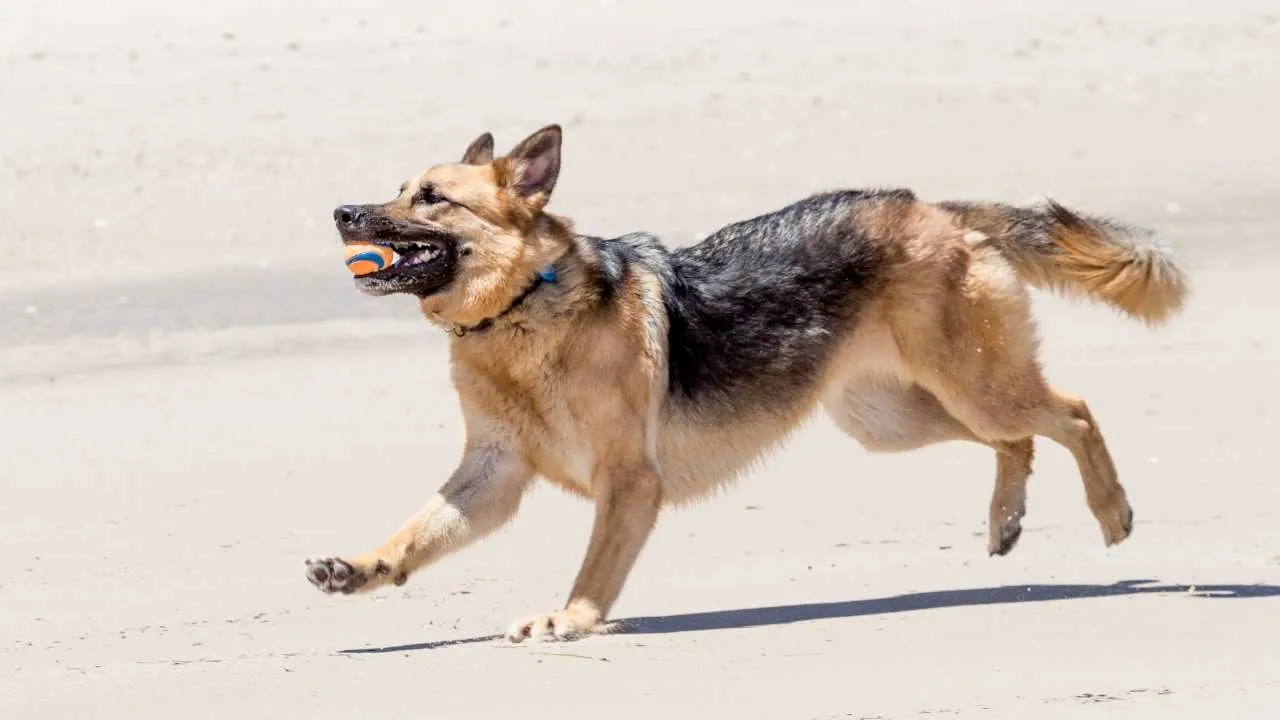
Why It’s Funny?
German Shepherds are the working dogs of the canine world, but sometimes, they need to take a break from their “serious” jobs. Their tail-chasing behavior is surprisingly entertaining, as they’re usually so focused on everything else.
Watching a typically stoic dog like a German Shepherd suddenly lose focus and start spinning around is a bit like seeing a top athlete slip on a banana peel!
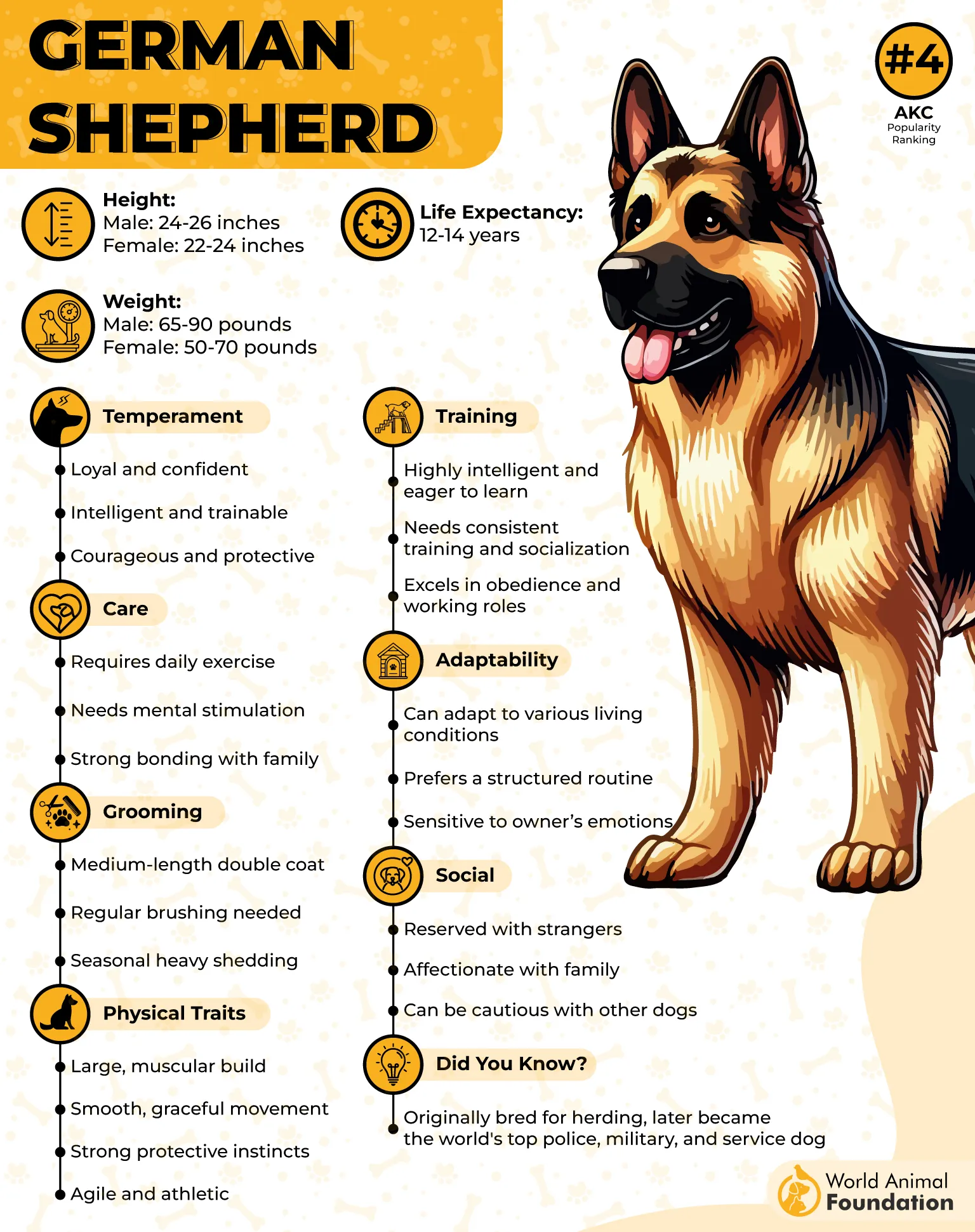
When to Be Concerned?
German Shepherds are known for their intelligence and drive, but constant tail chasing might indicate stress or anxiety.
If the behavior becomes compulsive, it might be a sign that your Shepherd is overwhelmed or bored. In such cases, consult a vet or behavior expert to help address any underlying issues.
How to Stop a Dog from Chasing Their Tail
Engage them in obedience training to channel energy.
Make sure they’re mentally challenged with puzzle games.
Use calming techniques if the behavior stems from anxiety.
Ideal Owner & Behavior Guidance
German Shepherds thrive in environments that offer both mental and physical stimulation. They’re best suited for owners who can dedicate time to active play and consistent training. Tail-chasing can often be eliminated by keeping their minds engaged and ensuring they have enough work to do.
3. Jack Russell Terrier
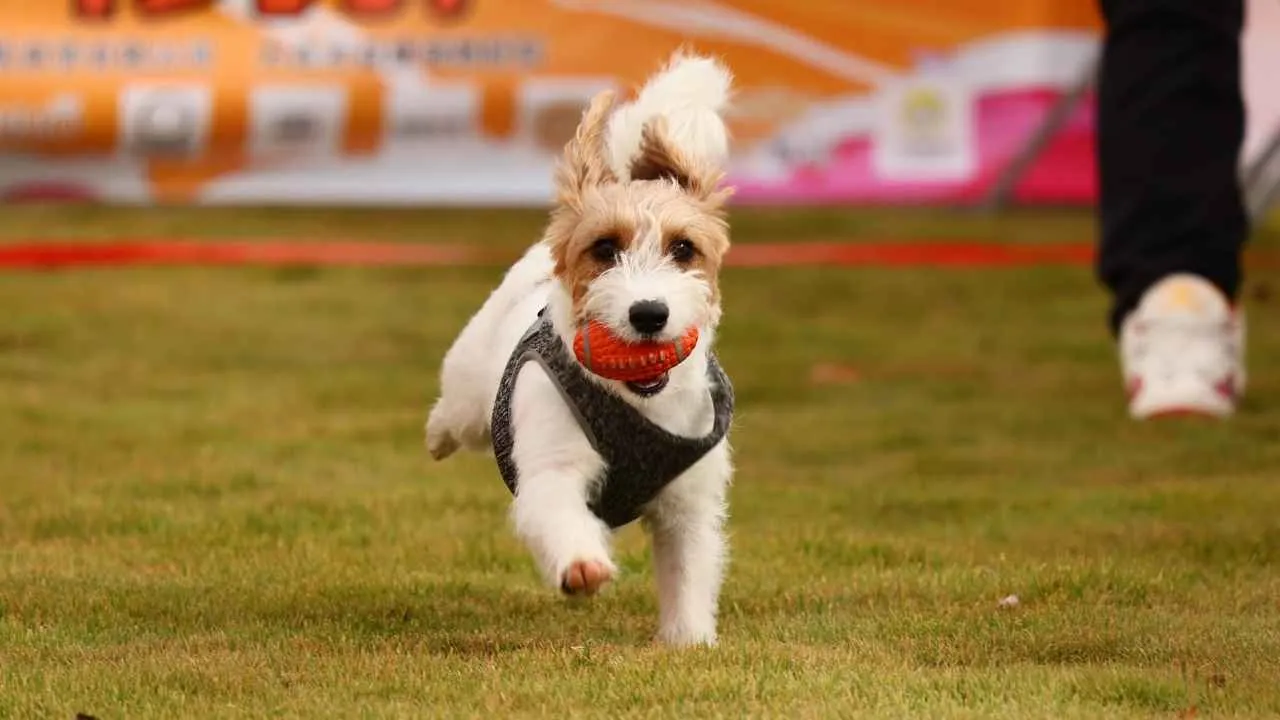
Why It’s Funny?
Jack Russells are small dogs with huge personalities, and their tail-chasing behavior is just another example of their spunky nature. When a Jack Russell starts spinning in circles after its tail, it’s a comedy show in action.
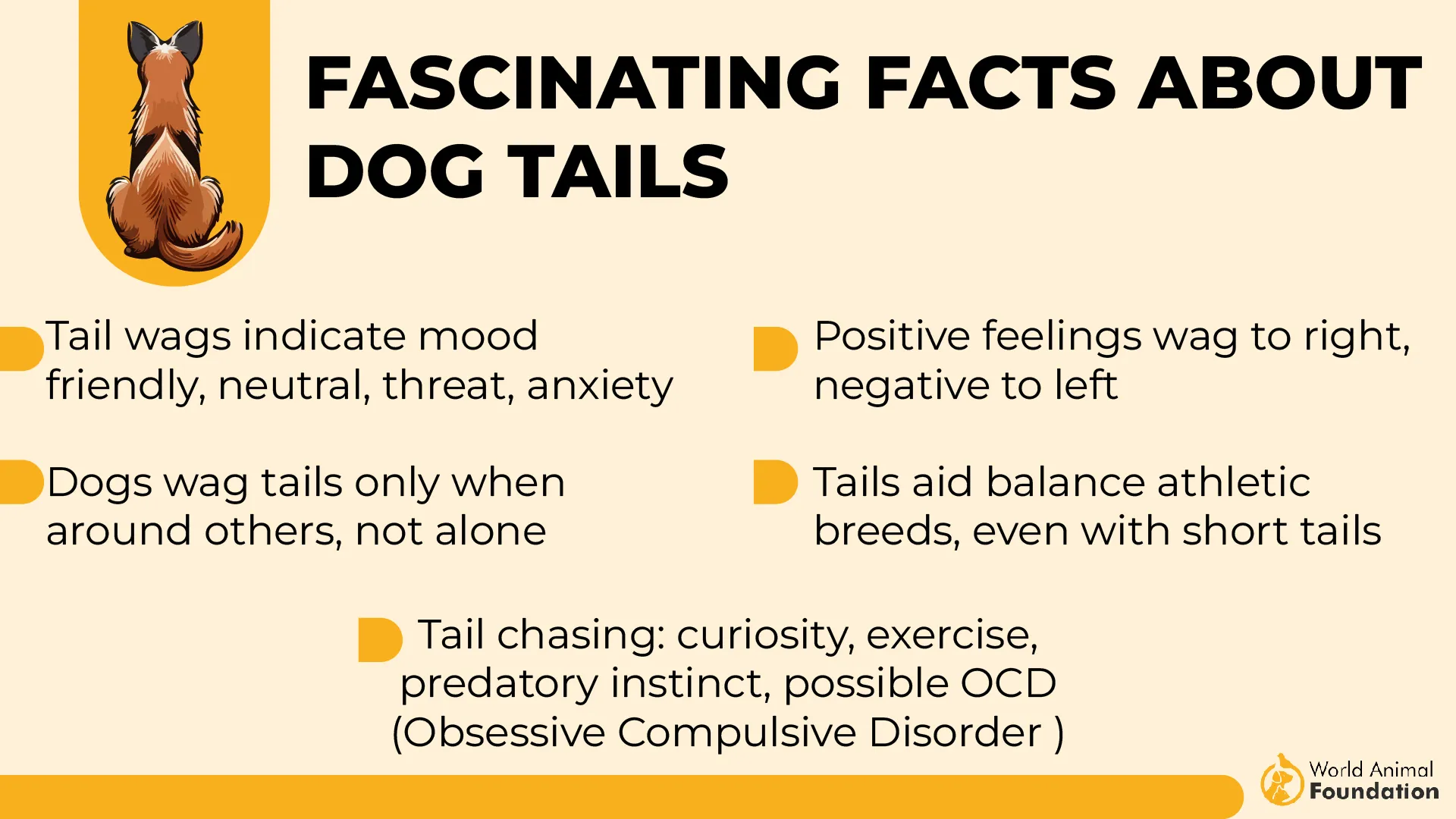
Their tiny legs are moving in frantic motion while they try to catch something that’s literally attached to them—priceless!
When to Be Concerned?
Hillspet claims that Jack Russells are energetic, and tail chasing can be a normal outlet for their boundless energy. However, if it turns into an obsessive behavior that prevents them from interacting with you or other pets, it could be a sign of frustration or anxiety.
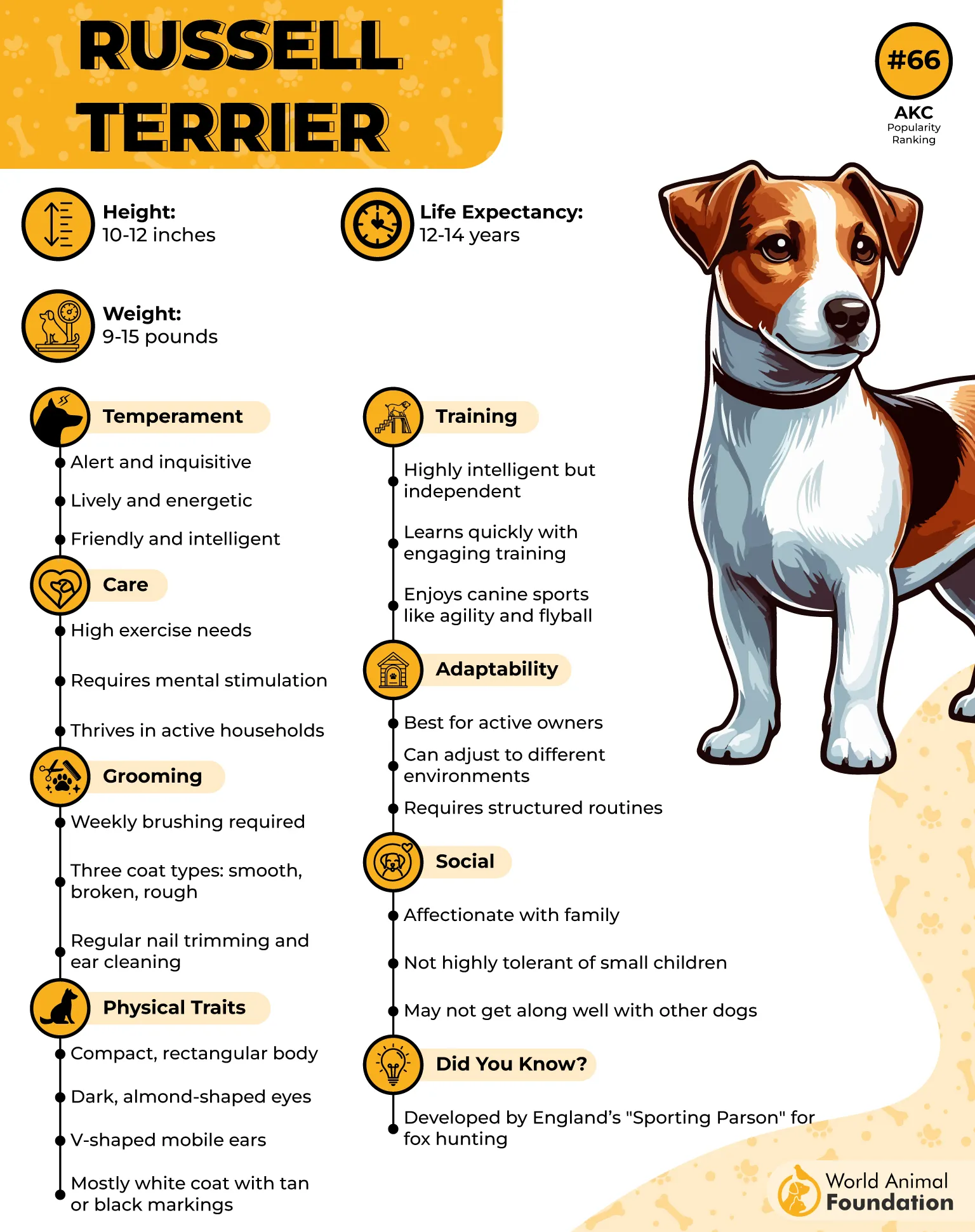
Keep an eye on the frequency and context of the behavior.
How to Stop a Dog from Chasing Their Tail
Provide outlets for energy, like agility courses or fetch.
Train them to focus on other activities with positive reinforcement.
Use deterrents like distractions during tail-chasing moments.
Ideal Owner & Behavior Guidance
Jack Russells need an active owner who can keep up with their nonstop energy. If you’re constantly on the move and love a challenge, this breed is perfect for you. Structure, training, and daily exercise can minimize their tail-chasing, helping to keep them happy and healthy.
4. Shiba Inu
Why It’s Funny?
The Shiba Inu is a dog that’s both independent and ridiculously cute when it decides to chase its tail. Known for their fox-like appearance and “cat-like” behaviors, Shibas can suddenly switch to full-on tail-chasing mode with no warning.
It’s almost as if they’re saying, “I’ll chase my tail if I feel like it, but only when I’m in the mood!”
When to Be Concerned?
While Shibas have a reputation for being a bit aloof, excessive tail chasing can sometimes indicate stress or frustration. If your Shiba Inu starts obsessively chasing their tail, or you notice other signs of compulsive behavior, it’s worth reaching out to a professional trainer or vet.
How to Stop a Dog from Chasing Their Tail
Make sure they have enough physical exercise to burn off energy.
Use distraction techniques during tail-chasing sessions.
Keep their environment calm and stress-free to minimize anxiety triggers.
Ideal Owner & Behavior Guidance
Shibas are best suited for experienced dog owners who appreciate their independent nature. If you want to guide a Shiba’s tail-chasing behavior, ensure they have both mental and physical stimulation throughout the day. A little patience and structure go a long way with this proud breed.
5. Doberman Pinscher
Why It’s Funny?
Dobermans are sleek, powerful dogs with a natural elegance, so seeing one spin around chasing its tail feels like watching a graceful ballerina caught in an unexpected pirouette. Their serious, regal demeanor often takes a backseat to their sudden bursts of excitement and playful tail-chasing moments.
When to Be Concerned?
Although tail-chasing can be normal in Dobermans, excessive spinning may suggest anxiety or boredom. If this behavior becomes more frequent and obsessive, it could be a sign that your Doberman needs more exercise or mental stimulation. Speak to a vet to rule out any underlying issues.
How to Stop a Dog from Chasing Their Tail
Provide plenty of exercise to burn off excess energy.
Introduce stimulating games and training to engage their mind.
Offer distractions like chew toys or tug-of-war.
Ideal Owner & Behavior Guidance
Dobermans need an active, assertive owner who can keep up with their high energy levels and intelligence. Structure and regular mental challenges will help prevent unnecessary tail-chasing. A well-exercised and mentally engaged Doberman is a happy, tail-chasing-free Doberman!
6. Cairn Terrier
Why It’s Funny?
Cairn Terriers are pint-sized balls of energy, and their tail-chasing behavior only adds to their comical charm. Their determination to catch their tail can be both adorable and hilarious, especially when they take a few bounces and spins to get a grip on it, only to miss and start all over again.
When to Be Concerned?
Cairn Terriers are naturally curious, but if they start obsessively chasing their tail or other objects, it may indicate boredom or stress. If it becomes a constant habit, seek advice from a vet or dog trainer to ensure it’s not due to anxiety or a behavioral issue.
How to Stop a Dog from Chasing Their Tail
Provide more daily physical and mental stimulation.
Offer distraction techniques like new toys or interactive games.
Teach alternative behaviors through training, like “sit” or “stay.”
Ideal Owner & Behavior Guidance
WebMD recommends that Cairn Terriers are great for owners who enjoy a playful and energetic dog. To manage tail-chasing, provide regular playtime and mental exercises. Keeping their minds engaged is key to curbing any unwanted repetitive behavior like tail-chasing.
7. Border Collie
Why It’s Funny?
Border Collies are the Einsteins of the dog world, so when they get distracted by their own tail, it’s a moment of pure hilarity. These super-smart dogs can be seen spinning in circles as if they’ve suddenly forgotten that their tail is… well, attached to them. It’s the ultimate moment of canine irony!
When to Be Concerned?
Tail-chasing in Border Collies could be a sign of stress, boredom, or even an obsessive behavior disorder. If the behavior becomes frequent or extreme, it’s important to speak with a vet to rule out medical conditions or anxiety-related issues.
How to Stop a Dog from Chasing Their Tail
Engage their mind with puzzle toys and obedience training.
Ensure they get enough physical activity through running or agility exercises.
Provide a calm environment to reduce stress.
Ideal Owner & Behavior Guidance
Border Collies are perfect for owners who love a challenge and can provide mental stimulation. With plenty of activities, training, and socialization, you can redirect their tail-chasing energy into productive play. A tired Border Collie is a happy Border Collie!
8. Boxer
Why It’s Funny?
Boxers are known for their goofy, fun-loving nature, and their tail-chasing moments are no exception. With their strong, muscular build and playful energy, watching a Boxer chase its tail is like seeing a bulldozer trying to do ballet. It’s messy, but so entertaining!
When to Be Concerned?
While Boxers are playful by nature, excessive tail chasing can indicate boredom or frustration. If your Boxer’s tail-chasing becomes frequent or obsessive, it’s important to check for underlying issues like anxiety or lack of exercise.
How to Stop a Dog from Chasing Their Tail
Provide more regular exercise, like running or fetch.
Engage them in training to focus on commands.
Use distraction and redirection techniques when they start spinning.
Ideal Owner & Behavior Guidance
Boxers thrive with owners who love to play and engage in outdoor activities. To manage tail-chasing, give them plenty of structured exercise and mental stimulation. With a Boxer, the more activity they get, the less likely they are to spin in circles!
9. Golden Retriever
Why It’s Funny?
Golden Retrievers are the poster child for friendly and goofy, and when they chase their tails, it’s the epitome of adorable chaos. Their gentle nature and boundless energy make tail-chasing a hilarious sight, as they bounce around like a puppy discovering its own shadow for the first time!
When to Be Concerned?
If your Golden Retriever’s tail-chasing turns into a compulsive behavior, it could be a sign of boredom or stress. It’s best to consult a vet if this behavior starts interfering with their well-being or becomes excessive.
How to Stop a Dog from Chasing Their Tail
Keep them engaged with plenty of playtime and activities.
Use training to redirect their focus to other behaviors.
Provide a variety of toys and challenges to keep their mind active.
Ideal Owner & Behavior Guidance
Golden Retrievers are perfect for families and active owners who can keep up with their energy. By ensuring they stay mentally and physically stimulated, you can guide their behavior and minimize tail-chasing. This breed thrives on love, attention, and fun—so give them all three!
FAQs
Is tail-chasing always a playful behavior?
Not always! While many dogs chase their tails out of playfulness, it can also be a sign of boredom, stress, or anxiety. If the behavior becomes obsessive, it’s important to observe your dog and consult a vet if necessary.
How can owners reduce excessive tail-chasing?
To reduce excessive tail-chasing, ensure your dog has plenty of exercise, mental stimulation, and interactive play. Providing training, new toys, and structured routines can also help redirect their energy.
Can tail-chasing be harmful to the dog?
In moderation, tail-chasing isn’t usually harmful. However, if it becomes compulsive, it can lead to physical injury or indicate underlying behavioral issues. It’s important to address any excessive tail-chasing with proper training or professional guidance.
Conclusion
Tail-chasing is a quirky, hilarious behavior that’s part of what makes dogs so entertaining. From the Bull Terrier to the Golden Retriever, each breed brings its own flair to the spinning spectacle, and there are plenty more breeds that didn’t make a mention in the list!
If you’re interested in learning more about other tail-chasing breeds, or just want to improve your dog’s behavior, feel free to leave a comment or check out more of our content. We’d love to hear your thoughts and share options to help guide you through your dog’s unique traits.
People love to read about the amusing side of dog behavior, so keep exploring, reviewing, and sharing with fellow dog lovers!


